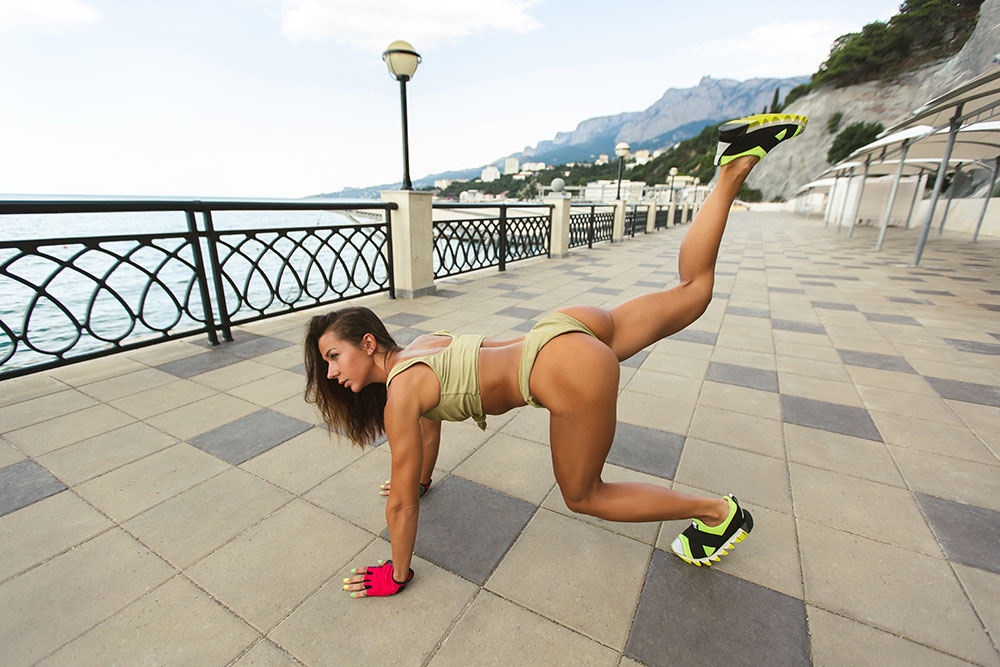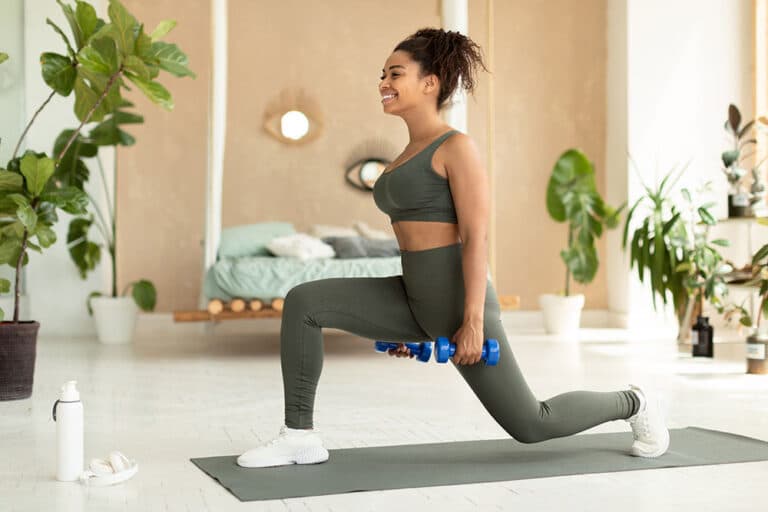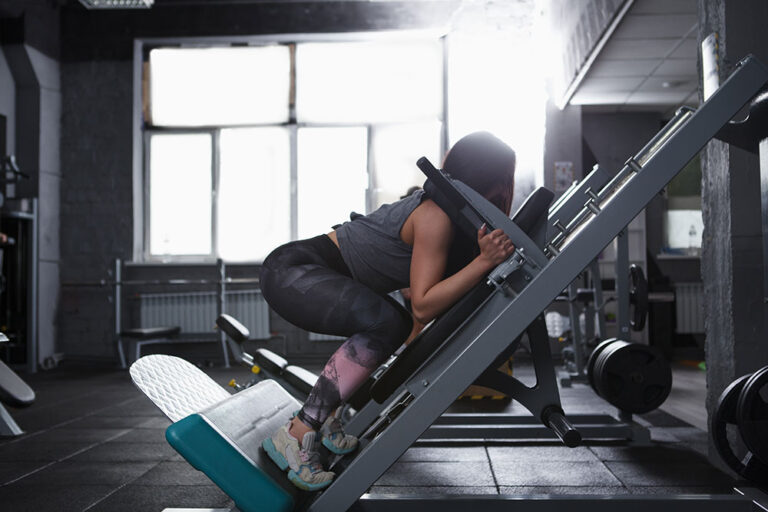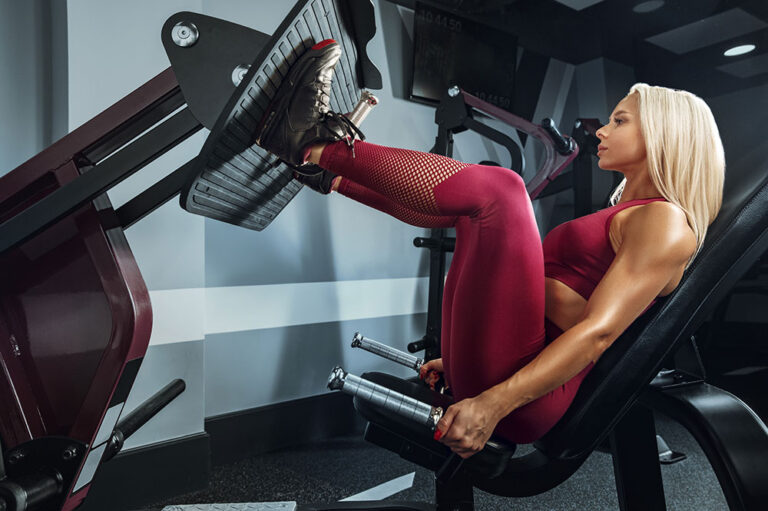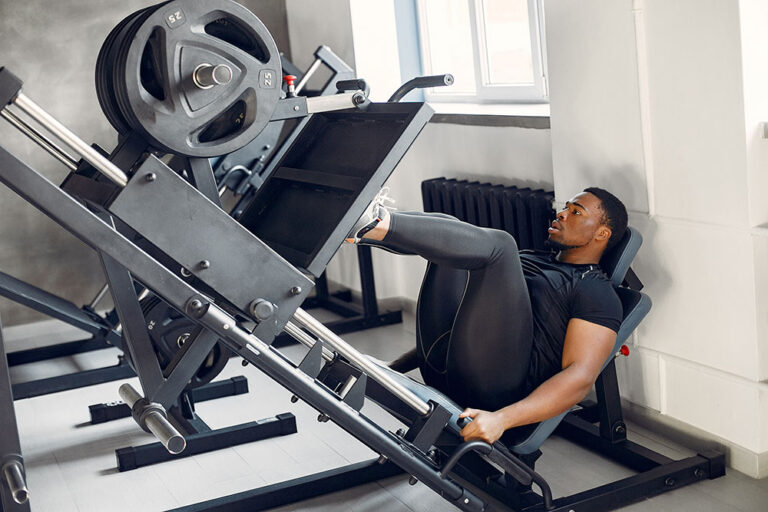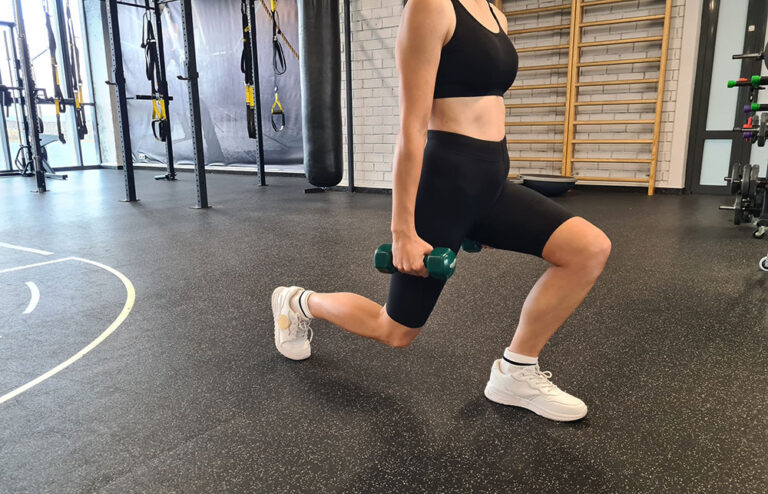Lower Body Workout Exercises
Introduction to Lower Body Workouts
Are you ready to power up your fitness routine? Lower body workouts are often the unsung heroes of a balanced exercise regimen. They not only sculpt and strengthen your legs and glutes but also play a crucial role in enhancing overall athletic performance. Whether you’re looking to boost your endurance, improve stability, or simply look great in those favorite jeans, focusing on lower body workout exercises can make all the difference. Let’s dive into the world of leg day and explore how these movements can transform both your physique and functional strength!
Benefits of a Strong Lower Body
A strong lower body is essential for overall fitness and daily activities. It enhances your ability to perform movements like walking, running, and climbing stairs with ease.
Building strength in this area improves athletic performance. Whether you’re playing sports or engaging in recreational activities, stronger legs provide the power and endurance needed to excel.
Additionally, a robust lower body supports better posture. With strengthened muscles around the hips and pelvis, you’ll find it easier to maintain alignment while sitting or standing.
Moreover, focusing on lower body workouts can help prevent injuries. Stronger muscles stabilize joints, reducing the risk of strains and sprains during physical activity.
Developing leg strength contributes to improved metabolism. More muscle mass results in higher calorie expenditure even at rest—a great way to support weight management goals!
Essential Equipment for Lower Body Workouts
When it comes to lower body workout exercises, having the right equipment can make a significant difference. You don’t need a gym full of machines to get started; some basic tools will do just fine.
A good pair of quality athletic shoes is essential for support and stability during your workouts. The right footwear protects your feet and helps prevent injuries.
Dumbbells are versatile and perfect for adding resistance to various exercises like lunges and squats. They’re easy to store at home too.
Resistance bands offer another great option for strength training without needing heavy weights. They come in various strengths, making them suitable for all fitness levels.
If you want to take things up a notch, consider investing in a barbell or kettlebell. These pieces allow you to expand your exercise routine further while challenging different muscle groups effectively.
Top 5 Exercises for Stronger Legs and Glutes:
Squats are a powerhouse for building leg and glute strength. They engage multiple muscle groups, promoting stability and endurance.
Lunges come next. They not only sculpt your thighs but also enhance balance. Forward or backward, lunges challenge your body differently every time.
Deadlifts target the hamstrings and lower back while providing a fantastic full-body workout. The tension builds in your legs as you lift, creating that sought-after muscle definition.
Hip thrusts focus specifically on the glutes. This exercise isolates those muscles effectively, making them stronger and firmer over time.
Calf raises round out this list by strengthening the calves. A strong lower leg is essential for overall functionality in daily activities and sports alike.
Incorporating these exercises into your routine will build solid foundations for powerful legs and an enviable backside!
A. Squats
Squats are a powerhouse exercise that targets multiple muscle groups at once. They primarily work your quadriceps, hamstrings, and glutes, making them essential for building a strong lower body.
Performing squats correctly can enhance your core strength and stability. The movement mimics everyday activities like sitting down or standing up, helping to improve functional fitness.
You can vary your squat routine by trying different styles such as sumo squats or goblet squats. Each variation adds unique benefits and engages different muscles.
To master the squat, focus on keeping your back straight and knees aligned with your toes. This ensures you avoid unnecessary strain while maximizing effectiveness.
Adding weights can elevate the challenge as you progress. Dumbbells or barbells introduce additional resistance, pushing your limits further in pursuit of strength gains.
B. Lunges
Lunges are a powerhouse exercise for building strength and stability in your lower body. They engage multiple muscle groups, including the quadriceps, hamstrings, and glutes.
To execute a proper lunge, start by standing tall with your feet hip-width apart. Step forward with one foot while lowering your back knee toward the ground. Keep your front knee aligned over your ankle to avoid strain.
You can easily modify lunges to fit different fitness levels. Beginners might prefer stationary lunges or shorter steps. Advanced practitioners can try adding weights or performing walking lunges for an extra challenge.
Incorporating variations like reverse lunges or side lunges can diversify your routine and target different muscles effectively. This versatility makes lunges a go-to option for anyone looking to enhance their lower body workout exercises.
C. Deadlifts
Deadlifts are a powerhouse exercise that engages multiple muscle groups in your lower body and core. This compound movement primarily targets the hamstrings, glutes, and lower back while also working the upper body to stabilize the weight.
To perform a deadlift, start with your feet shoulder-width apart and grip the barbell just outside your knees. As you lift, hinge at your hips while keeping your back straight. The power should come from driving through your heels as you stand tall.
One of the biggest benefits of deadlifts is their versatility. You can adjust weights to suit different fitness levels or incorporate variations like sumo deadlifts for added challenge.
Adding this exercise to your routine not only builds strength but also improves posture by engaging stabilizing muscles throughout the spine. With proper form, you’ll set yourself up for impressive gains in both strength and endurance.
D. Hip Thrusts
Hip thrusts are a powerhouse exercise for building strong glutes. This movement primarily targets the gluteus maximus, making it essential for anyone looking to enhance their lower body strength.
To perform a hip thrust, start by sitting on the ground with your upper back against a bench. Roll a barbell over your hips or use body weight if you’re just starting out. Plant your feet flat on the floor, shoulder-width apart.
As you drive through your heels, lift your hips upward until they align with your shoulders and knees. Squeeze at the top of the movement and hold for a moment before lowering back down.
Incorporating hip thrusts into your workout can help improve athletic performance and posture while also reducing injury risk in everyday activities. Plus, who doesn’t want those well-defined glutes?
E. Calf Raises
Calf raises are a fantastic exercise for targeting the lower leg muscles, specifically the gastrocnemius and soleus. These muscles play a crucial role in various movements, from walking to jumping.
To perform calf raises, start by standing tall with your feet shoulder-width apart. You can do this on flat ground or on an elevated surface for added range of motion. Slowly lift your heels off the ground while keeping your toes planted. Hold at the top briefly before lowering back down.
For an extra challenge, try single-leg calf raises. This variation not only strengthens each leg independently but also engages core stability as you balance.
Incorporating calf raises into your routine enhances overall performance and helps prevent injuries related to weak calves. Plus, they’re easy to add anywhere—no fancy equipment necessary!
Sample Lower Body Workout Routine
Creating a sample lower body workout routine can help you stay focused and motivated. Here’s an efficient plan to get you started.
Begin with a warm-up. Spend about 5-10 minutes doing dynamic stretches or light cardio like jogging in place. This prepares your muscles for the work ahead.
Start with squats, performing three sets of 10-15 reps. Follow up with lunges—alternate legs for three sets of 12 reps on each side.
Next, move on to deadlifts. Aim for three sets of 8-10 reps to engage your hamstrings and glutes effectively.
Hip thrusts come next; do three sets of 12-15 reps while focusing on squeezing at the top of the movement. Finish strong with calf raises, completing four sets of 15-20 reps.
Remember to take short breaks between exercises and hydrate throughout your session.
Tips for Proper Form and Technique
Proper form is crucial when performing lower body workout exercises. It not only maximizes effectiveness but also minimizes the risk of injury.
Start with your feet shoulder-width apart for squats and lunges. This position provides a solid foundation. Keep your chest lifted and shoulders back throughout each movement.
Engage your core to maintain stability. A strong core helps support your spine, allowing you to focus on working those leg muscles effectively.
When bending at the knees, ensure they don’t extend beyond your toes. This alignment protects your joints during lifts and thrusts.
Breathe steadily; inhale while lowering yourself, exhale during exertion. Consistent breathing keeps energy levels high and improves endurance.
Consider using a mirror or filming yourself as you exercise to spot any areas needing adjustment in real-time. Small tweaks can make a big difference in performance!
Modifications for Beginners and Advanced Levels
When it comes to lower body workout exercises, everyone starts at different levels. It’s important to tailor your routine based on your experience and fitness goals.
For beginners, focus on mastering form with bodyweight exercises before adding weights. Start with squats and lunges without any extra resistance. This will help build a solid foundation while reducing the risk of injury. Gradually incorporate light dumbbells or resistance bands as you become more comfortable.
Advanced individuals can challenge themselves by increasing weight or intensity. Consider adding variations like single-leg deadlifts or Bulgarian split squats for an added challenge. You might also want to experiment with super-setting exercises—doing two movements back-to-back without rest—to ramp up the intensity and maximize results.
Listening to your body is crucial at every level; adjust your workouts as needed to ensure you’re pushing yourself but not overexerting yourself. Keep progressing, stay consistent, and enjoy the journey toward stronger legs and glutes!
- About the Author
- Latest Posts
Johnnie D. Jackow Sr., the founder and CEO of Total Body Fitness, Worldwide, has a long-standing career in the fitness industry. He began as a certified personal trainer in the mid-90s and soon after authored his first weight loss book in 1998. This led to the launch of Total Body Fitness, Nationwide in the USA at the same time. Johnnie gained recognition as the fitness guru of his time, running infomercials on local TV late at night in Houston, Texas. Over the years, he has helped more than 40,000 individuals from all over the world achieve their health and fitness goals. With over 60,000 hours of documented training in integrative functional medicine, he completed his PhD in human physiology in 2010. His primary objective is to assist people in reaching their health and fitness goals through alternative approaches rather than relying solely on conventional medicine and pharmaceutical drugs. Today, with almost three decades of experience under his belt, Johnnie continues to be a leader in health and fitness.

